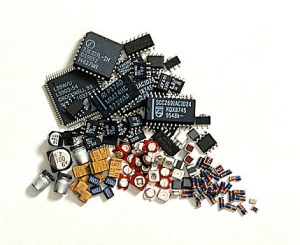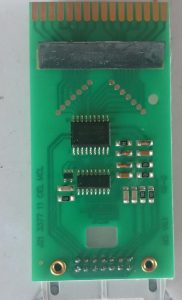Введение
The intricate world of electronics relies on a foundation of fundamental building blocks – discrete components. Unlike their integrated circuit (IC) cousins, which pack numerous functions into a single unit, discrete components are individual electronic devices that perform specific tasks within a circuit. But within this vast realm of discrete components, a key distinction exists: active versus passive. Understanding this difference is crucial for anyone embarking on a journey into electronics.

Delving into Discrete Components: Active vs. Passive
Discrete components come in two main flavors: active and passive. Each plays a vital role in shaping how electrical signals behave within a circuit.
1. Active Components: The Signal Boosters
Active components function as the powerhouses of a circuit. They require an external power source, typically a battery or power supply, to operate. Their primary function? Amplification. Active components can take a weak electrical signal and amplify it, making it stronger and allowing it to travel further or perform a specific task with greater impact. Transistors, the versatile workhorses of modern electronics, come in various forms (bipolar junction transistors, field-effect transistors, etc.) and are prime examples of active components. Light-emitting diodes (LEDs) also fall under this category. Interestingly, active components often rely on silicon wafers as a core element in their construction.
2. Passive Components: The Flow Controllers
Passive components, unlike their active counterparts, don’t amplify signals. They act as the traffic controllers of the electrical world, managing current and voltage flow within a circuit. Resistors, for instance, regulate the flow of current similar to how a water valve controls water flow. Capacitors function as temporary storage units for electrical energy, releasing it later when needed. Inductors, on the other hand, resist changes in current. While primarily acting passively to control current flow in one direction, diodes can sometimes be used for basic signal-shaping functions. Unlike active components, passive components generally don’t require external power and typically don’t involve silicon wafers in their construction.

Заключение
Discrete components, whether active or passive, are the building blocks that bring electronic circuits to life. Active components amplify signals, while passive components manage the flow of electrical energy. Mastering this distinction empowers you to delve deeper into how electronics function and opens doors to exciting projects and exploration!
